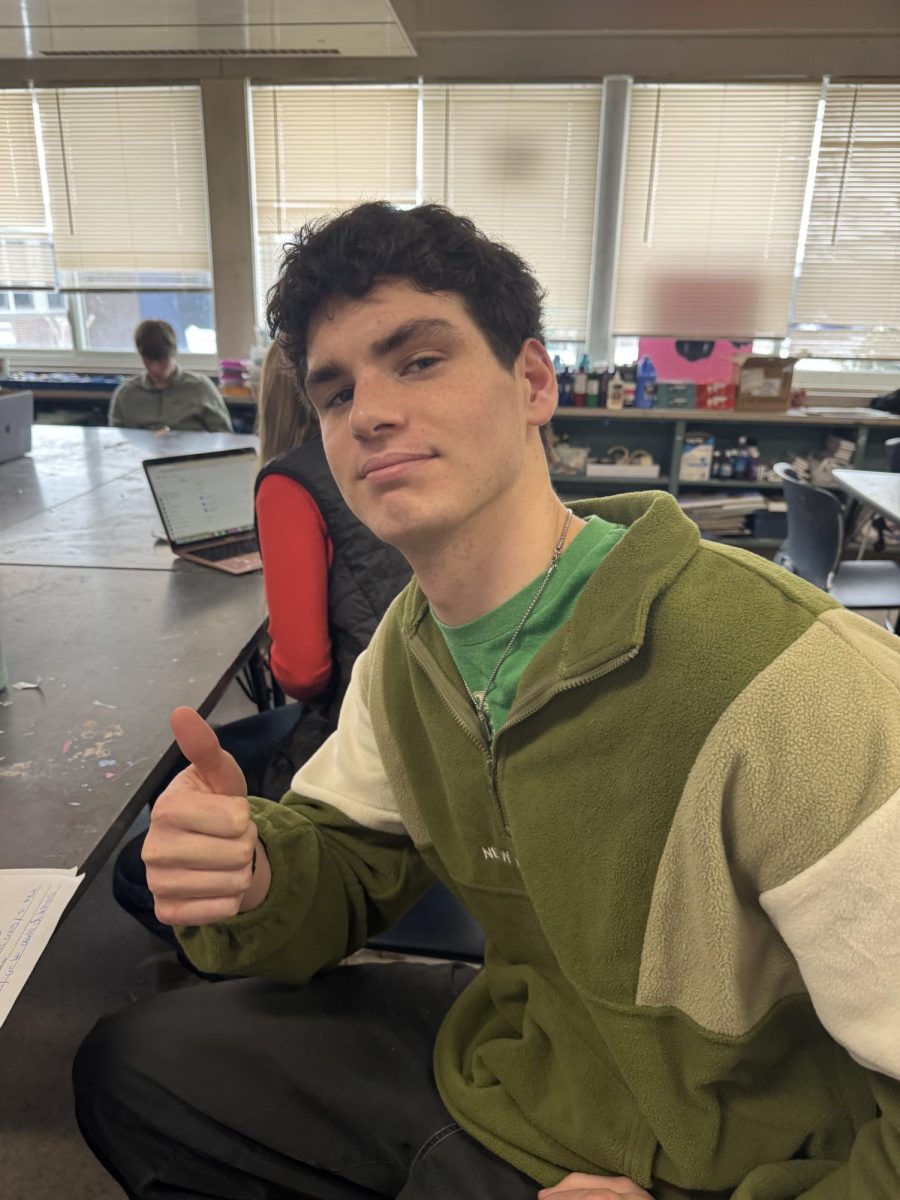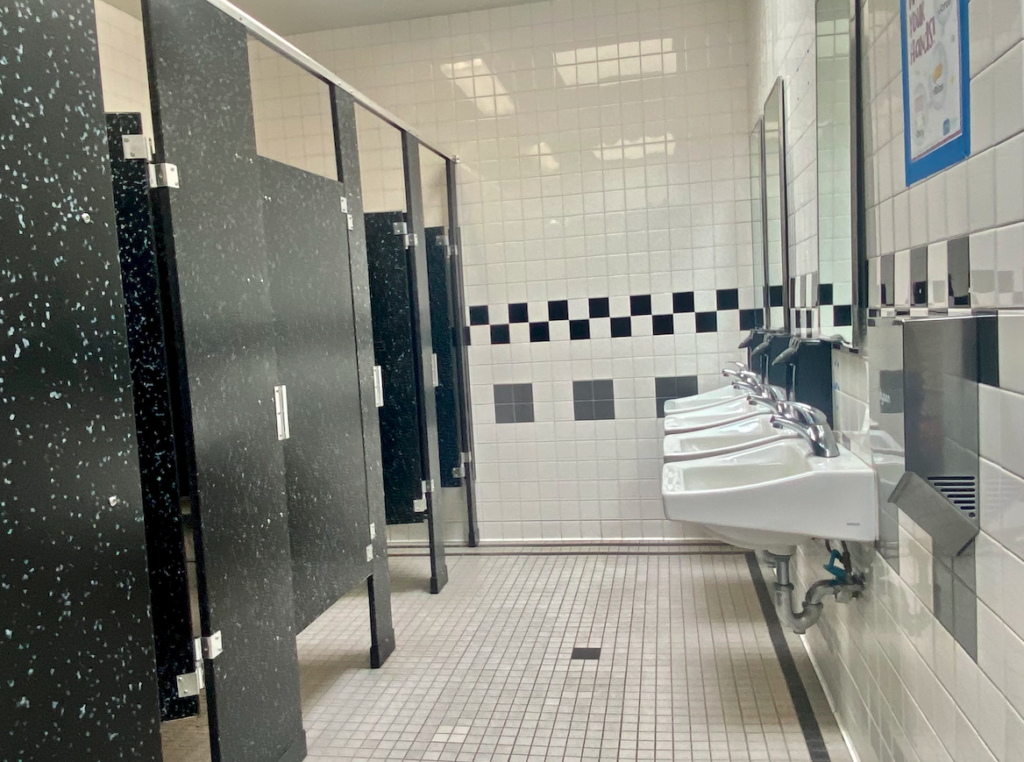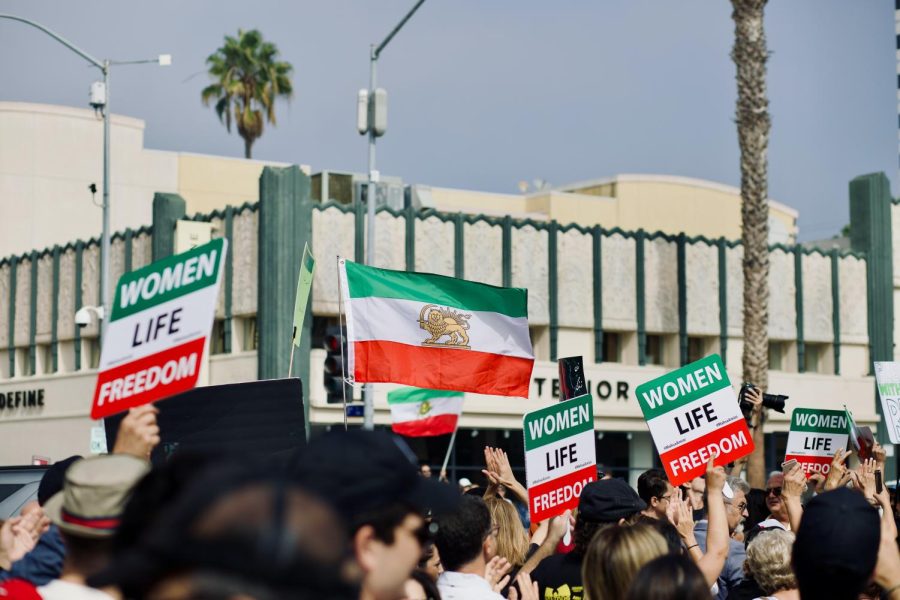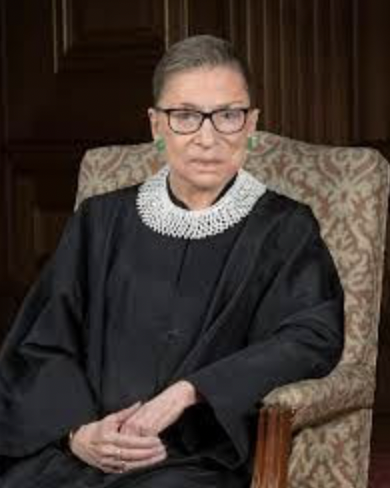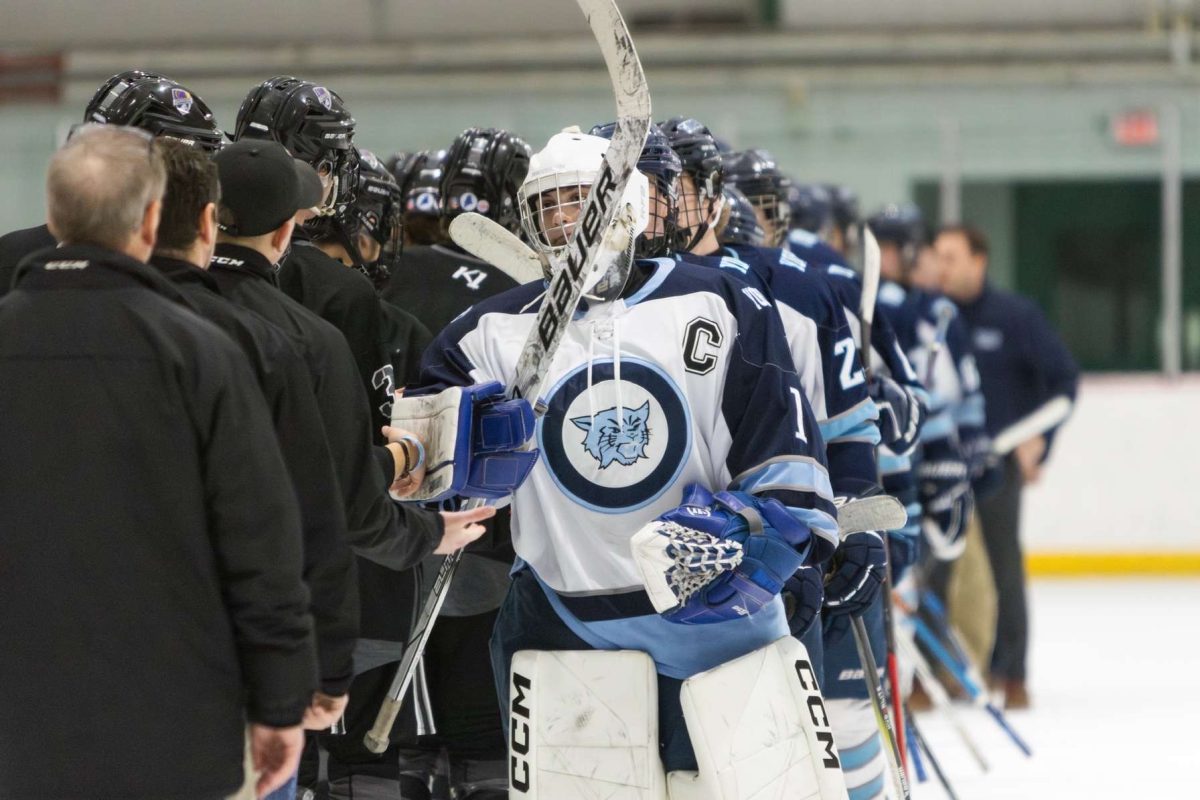What is Happening in Iran?
Protests over the treatment of Iranian women have spread to the US. The photo above is from a protest in Santa Monica, California.
October 13, 2022
The protests in Iran sent a wave of awareness and uprising throughout the world. The streets were flooded with thousands of people after 22 year old Mahsa Amini was reported dead on September 16th. But the anger that fueled these protests has been alive for a long time.
A hijab is a head covering worn by some Muslim women that covers their hair and neck. Hijabs are worn at all times as a symbol of modesty, privacy, and devotion to religion. Hijabs have been described by some Muslim women as a constant reminder to hold fast to Islamic beliefs. They can be important to someone in order to embrace their culture or religion.
However, the hijab has also been recognized as a symbol of oppression towards women. Shortly after the Iranian Revolution in 1979, the hijab was forced upon Iranian women as a requirement of the law. This took away the spiritual component along with the personal choice. Failure to comply with these rules and regulations could result in severe consequences.
Iran’s “morality police force” is an authority group that enforces the Islamic dress code. Women have been suffering attacks, abduction, and even death as punishment for not obeying. Mahsa Amini was one victim of those punishments. After being arrested off the street for having a single strand of hair showing from underneath her hijab, she was abducted by morality police and beaten over the head. Three days later, she was pronounced dead in the hospital due to a skull fracture. Police are currently denying any allegations that she suffered from police brutality, and instead claiming that she died from a “heart attack.”
Her tragic death is what sparked the current protests, however, the deep rooted injustice has lasted since long before her time. The protests stand for the Iranian women who have suffered daily from the control of men in power. To resist their oppression, many have taken to the streets and joined together to burn their hijabs and cut their hair in protest. As they gather in anger, hope, and solidarity, they scream “death to the dictator!” and “women, life, and freedom!” and “death to the headscarf! Until when must we tolerate such humiliation?!”










